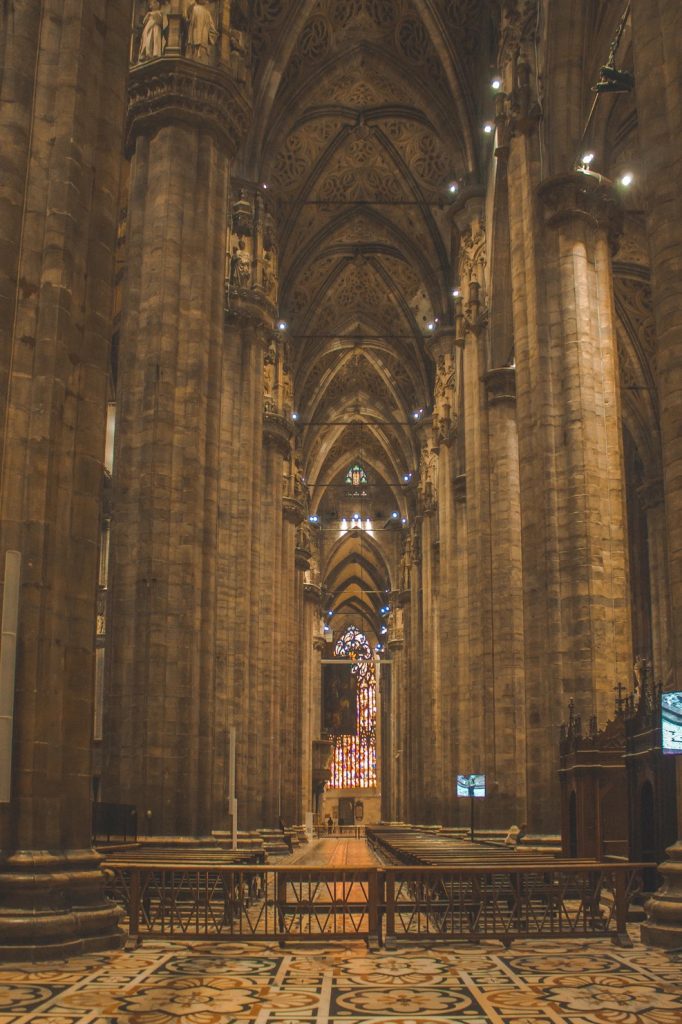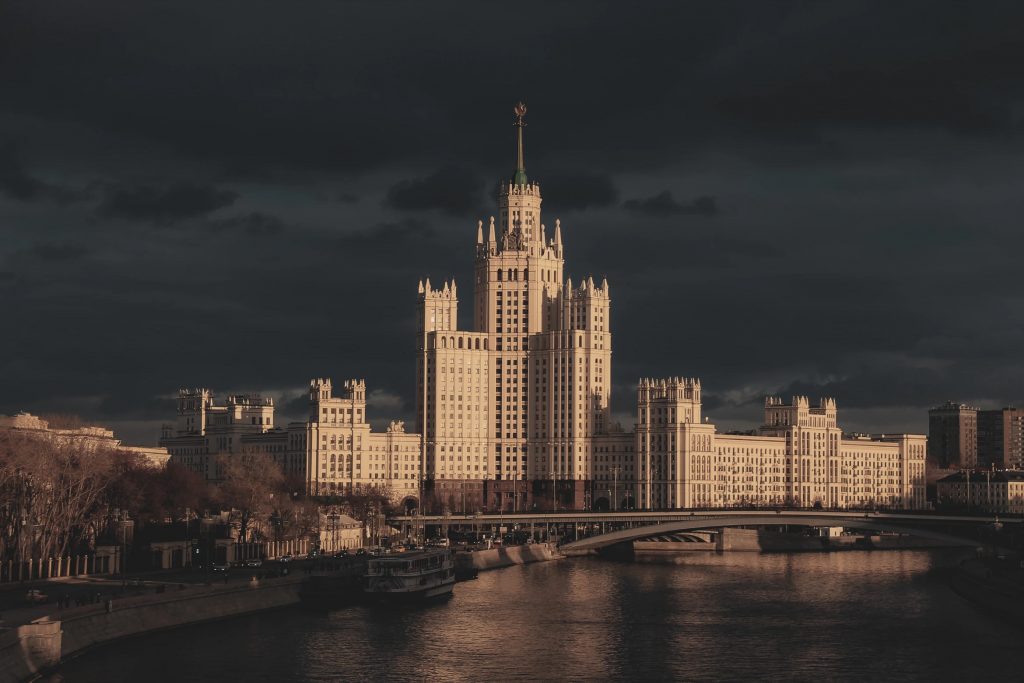The conversation is about Gothic Architecture of course. It is full of eeriness and some sort of sharp, rude look which makes you feel some sort of astonishment and genuine adoration. It looks mysterious, and this is what attracts you.
“Gothic architecture is an architectural style in Europe that lasted from the mid-12th century to the 16th century, particularly a style of masonry building characterized by cavernous spaces with the expanse of walls broken up by overlaid tracery”, Britannica.

“Britain, Germany, and Spain produced variations of this style, while Italian Gothic stood apart in its use of brick and marble rather than stone”, Britannica. As you can see in the example above of Milan’s Cathedral, which is located in Italy, the use of white marble translates its special, “out of this world” atmosphere.

“The style represented giant steps away from the previous, relatively basic building systems that had prevailed. The Gothic grew out of the Romanesque architectural style when both prosperity and relative peace allowed for several centuries of cultural development and great building schemes. From roughly 1000 to 1400, several significant cathedrals and churches were built, particularly in Britain and France, offering architects and masons a chance to work out ever more complex and daring designs”, Khan Academy.

“It originated in the Île-de-France region of northern France as the development of Norman architecture. The defining design element of Gothic architecture is the pointed or ogival arch. The use of the pointed arch, in turn, led to the development of the pointed rib vault and flying buttresses, combined with elaborate tracery and stained glass windows”, Wikipedia.
“With the development of Renaissance architecture in Italy during the mid 15th century, the Gothic style was supplanted by the new style, but in some regions, notably England and Belgium, Gothic continued to flourish and develop into the 16th century. A series of Gothic revivals began in mid-18th century England, spread through 19th-century Europe, and continued, largely for churches and university buildings, into the 20th century”, Wikipedia.
It was notable in, for example, Russia too. The concept of “Gothic taste” arose in the Russian Empire in the middle of the 18th century and meant all artistic phenomena that opposed themselves to classicism.
There are a lot of details and points which would lead you to long discussions about this art movement, and it conveys the vastness and fullness of this style to a greater extent.
And I think that you, same as me, feel the aftertaste of the administration.
Sources:
https://www.britannica.com/art/Gothic-architecture
https://en.wikipedia.org/wiki/Gothic_architecture
https://unsplash.com/photos/0xe2FGo7Vc0